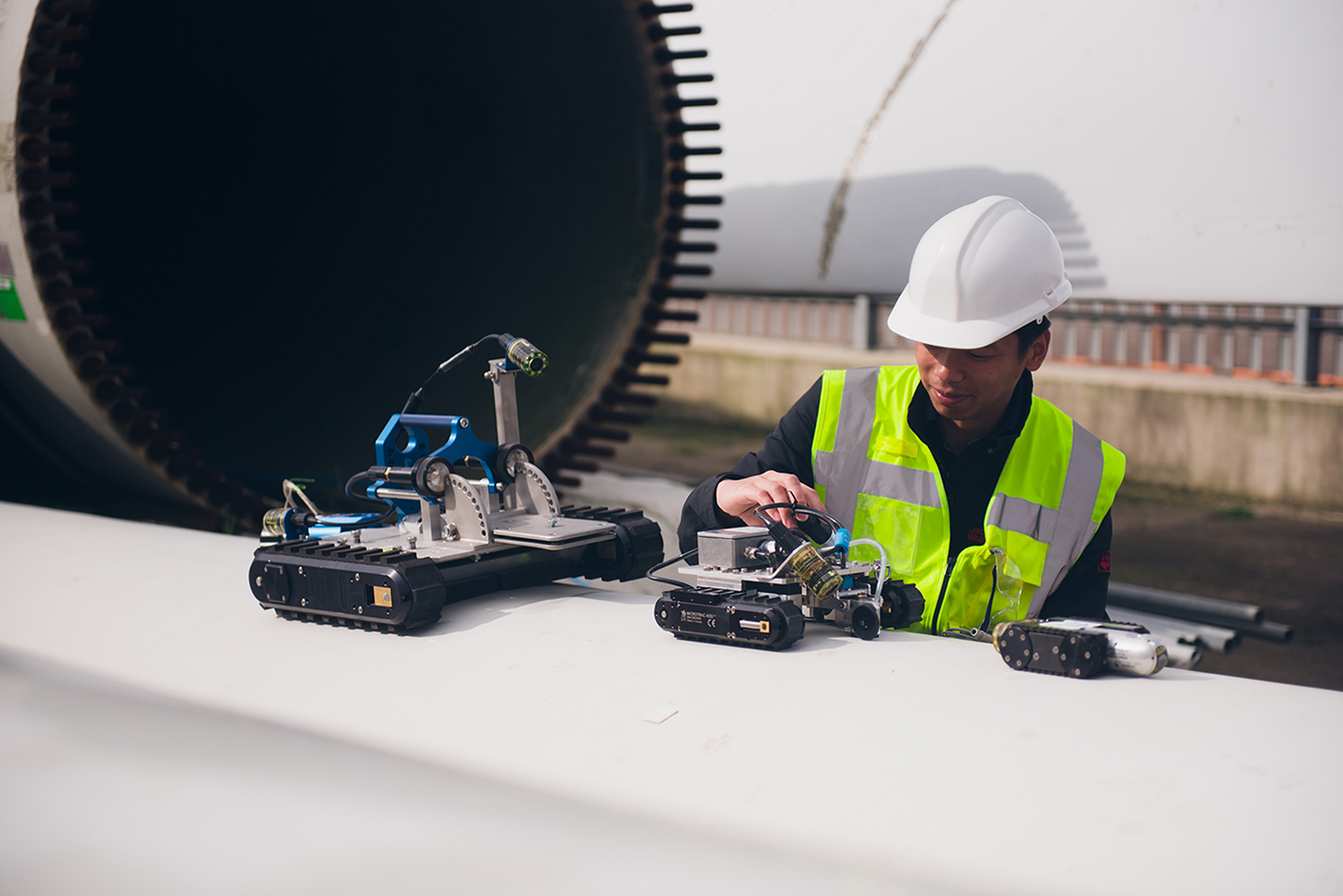
To maximise their impact, however, we have to start rethinking offshore renewables infrastructure so that it’s as workable for the machines as it is for people.
Look at driverless cars for a prime example of the importance of this. Still in the early days of deployment, these devices are often held up as the standard-bearer for the artificial intelligence (AI) revolution, a mainstream realisation of a sci-fi dream.
But they operate in an extremely difficult environment – one designed by humans for the human mind. Every other vehicle on the road has an individual approach to driving, unknown entities can enter the car’s domain, such as pedestrians or animals, and road surfaces can vary in quality and safety drastically from town to town, never mind from country to country.
And while many of these variables are not man-made, adapting to infrastructures that are not specifically designed for an AI mind means there are always more potential problems than programmers can account for.
The opportunity for robotics and artificial intelligence (RAI) in the offshore environment, then, is in being able to eliminate this bottleneck to design before it is formed. Establishing a logistical system set up for both manned and unmanned servicing from the outset cuts out a huge number of problems for designers and operators – reducing costs and the time it takes to get new tech to the market.
And if we take these considerations into account now, we also remove the need to retrofit installations in the future – something that surely will come at great cost.
Much of the Catapult’s work from now on will be working with various key stakeholders and agreeing an outline roadmap and timeline for the phased introduction of autonomous systems .
A roadmap is nothing without the means to get there, however, and this is something we’re actively providing at our test and validation sites across the UK. Our open-access Blyth R&D hub is already a valuable asset for the industry, but we are in the process of implementing several upgrades to help developers better test and validate their designs on this and the next generation of offshore renewables. Combined with our Levenmouth Demonstration Turbine, our unshakeable aim is to be an invaluable resource for the emerging RAI industry both now and in the future.
Of course, delivering these facilities doesn’t just help hone tech, it provides a direct route to market. That’s why we will continue to look to the horizon as we help innovators shape the next wave of offshore renewables, creating a new wave of highly-skilled jobs to operate and maintain these new systems in the process.
This planning ahead will not only ensure that robots can be deployed to maximum cost efficiency, but it will ensure that people will be able to work alongside these new RAI devices in a way that offers maximum safety, performance improvement and value for money both for industry and, ultimately, for the consumers.